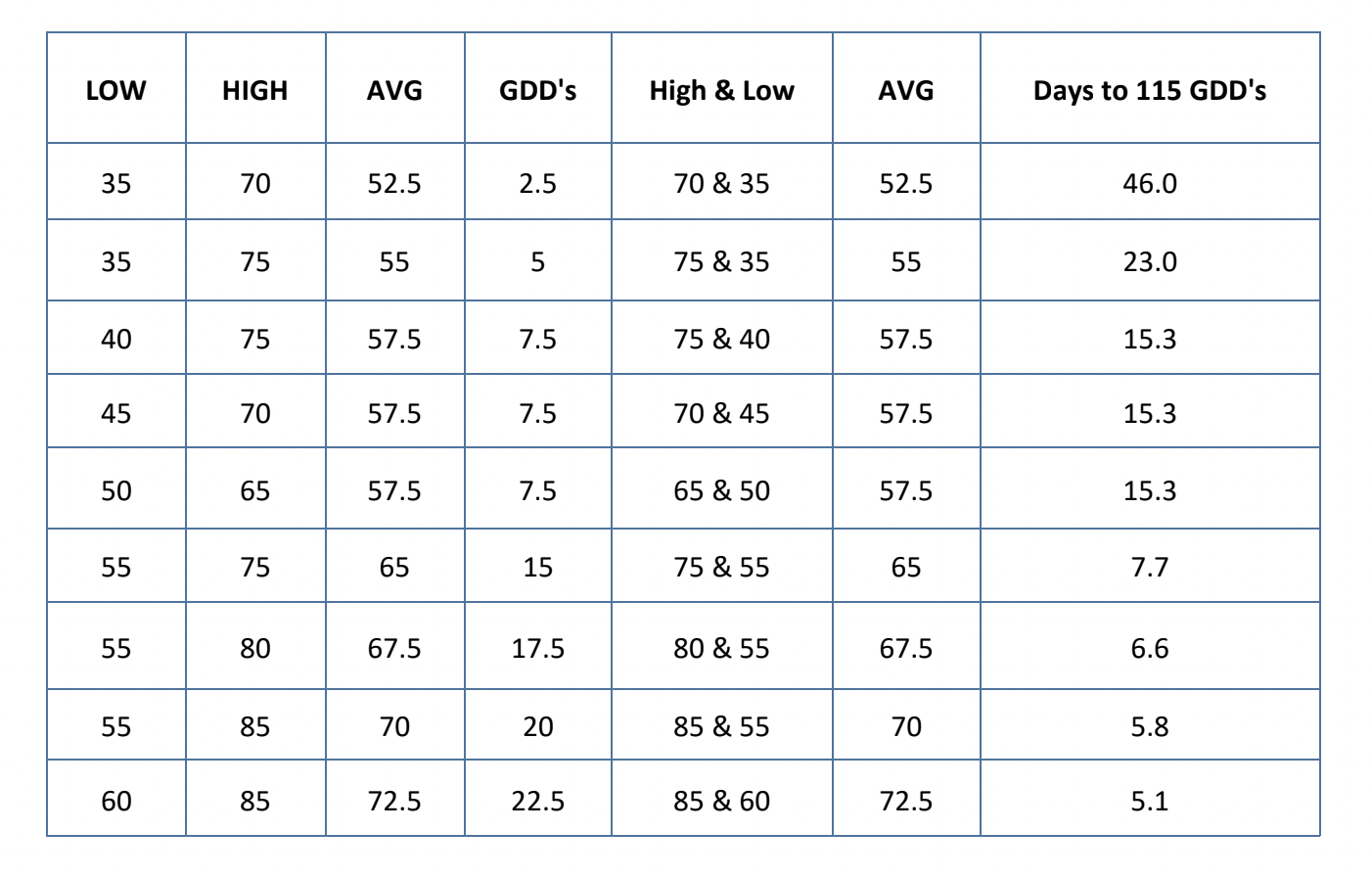Corn Planting in 2023
Chad Lee, Ph.D., Grain Crops Extension Specialist, Director, Grain and Forage Center of Excellence
Corn planting is underway in western Kentucky, and the number of acres should increase rapidly this week. In most years, the weather, forecast, and soil conditions are more important than the calendar for planting corn. Generally, soil temperatures at or above 50 F for 3 to 4 days with a good forecast are acceptable for the start of corn planting. Warmer soil temperatures will encourage faster and more uniform germination and emergence. Cooler soil temperatures will delay emergence and cause more erratic emergence.
The two primary goals of planting corn are to get uniform seed depth and excellent soil-to-seed contact. All other attachments and adjustments to a planter are designed to achieve these two goals. Modern planters, sensors, and attachments greatly improve the odds of placing 28,000 to 36,000 seeds per acre into furrows with excellent depth, spacing, and soil-to-seed contact. Planting into wet soils increases the risk of sidewall compaction. Spiked-tooth closing wheels, adjustments to down-pressure, and modified gauge wheels can reduce the risk of sidewall compaction, but they do not fully overcome soil conditions.
Check seed placement often! Even with the attachments and in-cab adjustments and the monitors, nothing fully replaces getting off the tractor and checking seed placement, sidewall structure, and row closing. Taking a few minutes to check seed placement is worth the investments put into each field.
In most Kentucky soils, seeding depths of 1.5 to 2 inches are sufficient. In soils with higher sand content, seeds can be placed as deep as 3 inches. Shallower planting will prevent proper anchoring of the corn plant and could result in lodging later in the growing season. Shallower planting often leads to potassium deficiency in young corn plants. Deeper seeding depths delay emergence.
Rapid, uniform emergence is desired. Most farmers who have upgraded planters are doing so to improve emergence uniformity. Corn that emerges quicker usually emerges more uniformly than corn that requires more time to emerge. Corn seeds usually need about 115 growing Degree Days (GDDs) accumulated for emergence. Warmer soils accumulate GDDs faster than cooler soils. That faster emergence usually results in a more uniform emergence.
Corn will emerge in 6 days if soil temperatures average 68 F and accumulate 18 GDDs each day. Corn will emerge in 10 days if soil temperatures average 62 F and in 13 days if soil temperatures average 59 F.

